Yi-Ke Guo
Generalised Latent Assimilation in Heterogeneous Reduced Spaces with Machine Learning Surrogate Models
Apr 08, 2022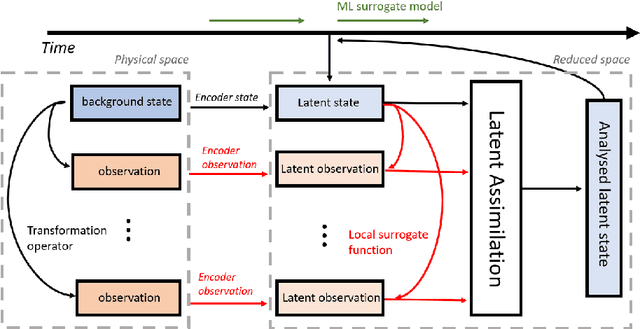

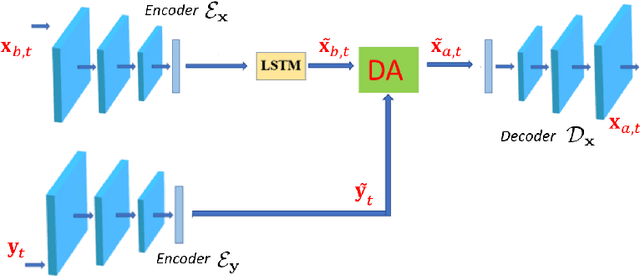

Abstract:Reduced-order modelling and low-dimensional surrogate models generated using machine learning algorithms have been widely applied in high-dimensional dynamical systems to improve the algorithmic efficiency. In this paper, we develop a system which combines reduced-order surrogate models with a novel data assimilation (DA) technique used to incorporate real-time observations from different physical spaces. We make use of local smooth surrogate functions which link the space of encoded system variables and the one of current observations to perform variational DA with a low computational cost. The new system, named Generalised Latent Assimilation can benefit both the efficiency provided by the reduced-order modelling and the accuracy of data assimilation. A theoretical analysis of the difference between surrogate and original assimilation cost function is also provided in this paper where an upper bound, depending on the size of the local training set, is given. The new approach is tested on a high-dimensional CFD application of a two-phase liquid flow with non-linear observation operators that current Latent Assimilation methods can not handle. Numerical results demonstrate that the proposed assimilation approach can significantly improve the reconstruction and prediction accuracy of the deep learning surrogate model which is nearly 1000 times faster than the CFD simulation.
A Scalable Inference Method For Large Dynamic Economic Systems
Oct 27, 2021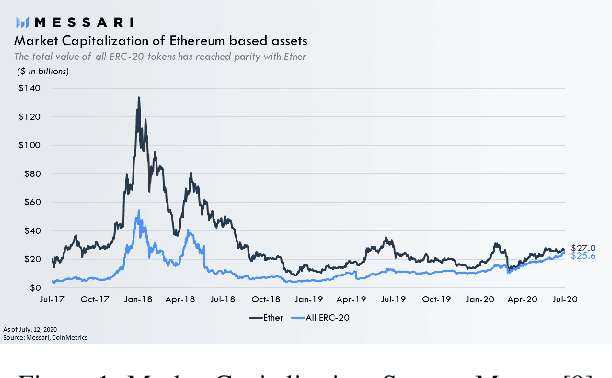
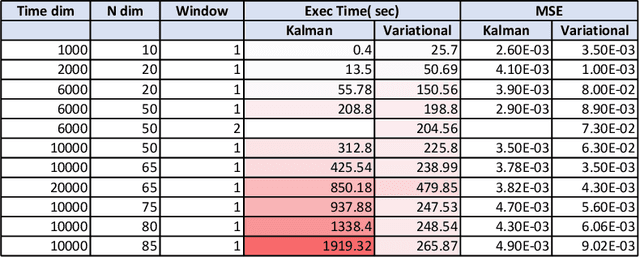


Abstract:The nature of available economic data has changed fundamentally in the last decade due to the economy's digitisation. With the prevalence of often black box data-driven machine learning methods, there is a necessity to develop interpretable machine learning methods that can conduct econometric inference, helping policymakers leverage the new nature of economic data. We therefore present a novel Variational Bayesian Inference approach to incorporate a time-varying parameter auto-regressive model which is scalable for big data. Our model is applied to a large blockchain dataset containing prices, transactions of individual actors, analyzing transactional flows and price movements on a very granular level. The model is extendable to any dataset which can be modelled as a dynamical system. We further improve the simple state-space modelling by introducing non-linearities in the forward model with the help of machine learning architectures.
Correcting public opinion trends through Bayesian data assimilation
May 29, 2021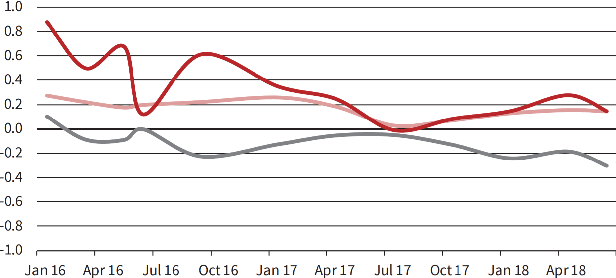



Abstract:Measuring public opinion is a key focus during democratic elections, enabling candidates to gauge their popularity and alter their campaign strategies accordingly. Traditional survey polling remains the most popular estimation technique, despite its cost and time intensity, measurement errors, lack of real-time capabilities and lagged representation of public opinion. In recent years, Twitter opinion mining has attempted to combat these issues. Despite achieving promising results, it experiences its own set of shortcomings such as an unrepresentative sample population and a lack of long term stability. This paper aims to merge data from both these techniques using Bayesian data assimilation to arrive at a more accurate estimate of true public opinion for the Brexit referendum. This paper demonstrates the effectiveness of the proposed approach using Twitter opinion data and survey data from trusted pollsters. Firstly, the possible existence of a time gap of 16 days between the two data sets is identified. This gap is subsequently incorporated into a proposed assimilation architecture. This method was found to adequately incorporate information from both sources and measure a strong upward trend in Leave support leading up to the Brexit referendum. The proposed technique provides useful estimates of true opinion, which is essential to future opinion measurement and forecasting research.
Attention-based Convolutional Autoencoders for 3D-Variational Data Assimilation
Jan 06, 2021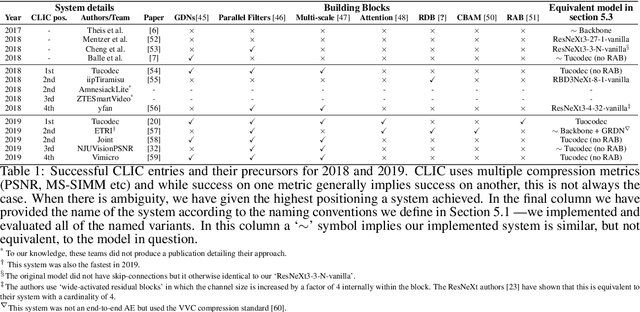
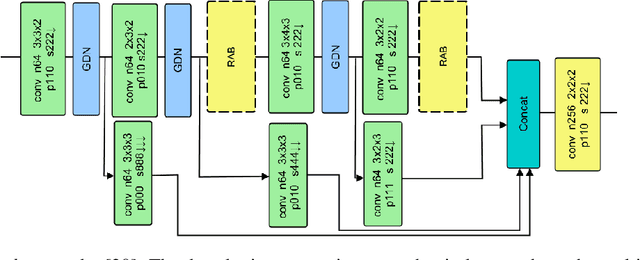


Abstract:We propose a new 'Bi-Reduced Space' approach to solving 3D Variational Data Assimilation using Convolutional Autoencoders. We prove that our approach has the same solution as previous methods but has significantly lower computational complexity; in other words, we reduce the computational cost without affecting the data assimilation accuracy. We tested the new method with data from a real-world application: a pollution model of a site in Elephant and Castle, London and found that we could reduce the size of the background covariance matrix representation by O(10^3) and, at the same time, increase our data assimilation accuracy with respect to existing reduced space methods.
* Published in Computer Methods in Applied Mechanics and Engineering in Dec 2020
Data Assimilation in the Latent Space of a Neural Network
Dec 22, 2020

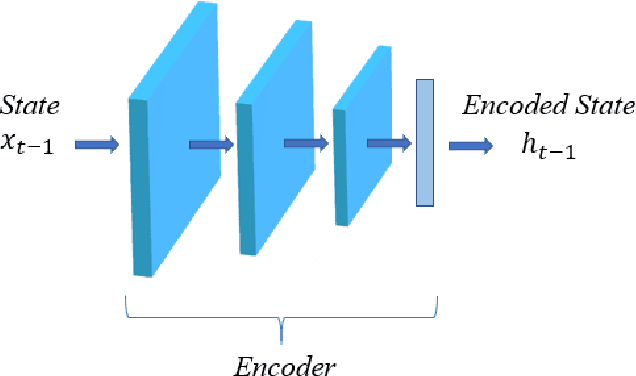

Abstract:There is an urgent need to build models to tackle Indoor Air Quality issue. Since the model should be accurate and fast, Reduced Order Modelling technique is used to reduce the dimensionality of the problem. The accuracy of the model, that represent a dynamic system, is improved integrating real data coming from sensors using Data Assimilation techniques. In this paper, we formulate a new methodology called Latent Assimilation that combines Data Assimilation and Machine Learning. We use a Convolutional neural network to reduce the dimensionality of the problem, a Long-Short-Term-Memory to build a surrogate model of the dynamic system and an Optimal Interpolated Kalman Filter to incorporate real data. Experimental results are provided for CO2 concentration within an indoor space. This methodology can be used for example to predict in real-time the load of virus, such as the SARS-COV-2, in the air by linking it to the concentration of CO2.
 Add to Chrome
Add to Chrome Add to Firefox
Add to Firefox Add to Edge
Add to Edge